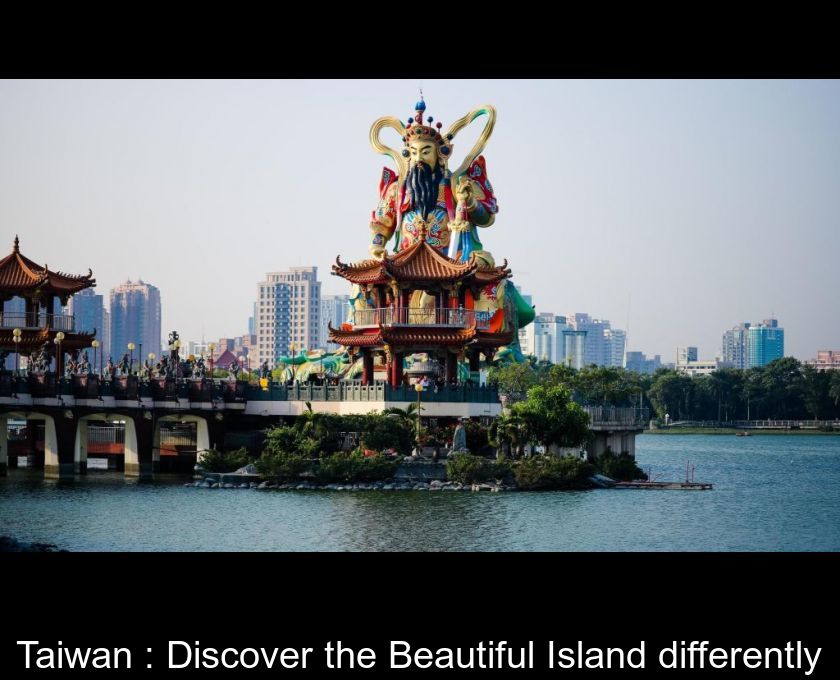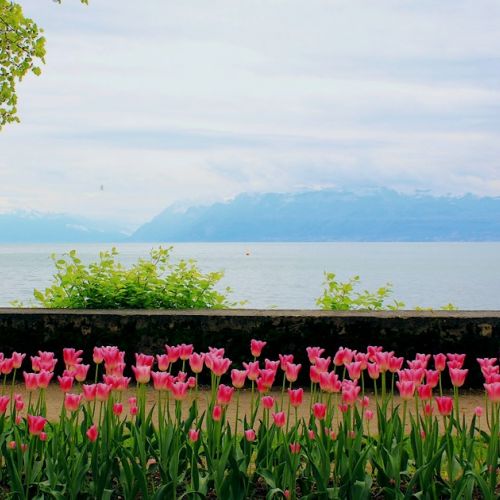Taiwan : Discover The Beautiful Island Differently
In the heart of South East Asia, Taiwan, also known as Formosa, or the Beautiful Island, is one of the least known Asian countries as a tourist destination but one of the most surprising. Between magnificent landscapes, aboriginal cultures, delicious gastronomy and welcoming people, visiting Taiwan will not leave you indifferent and will make you want to return. But if Taiwan is known for its 101 tower, Sun Moon Lake, Taroko Gorge or the Tiger and Dragon Pagoda... there are many other wonders hidden in the heart of the island. So follow the guide and let yourself be tempted by another discovery of the island.
Maokong Gondola, Taipei by cable car
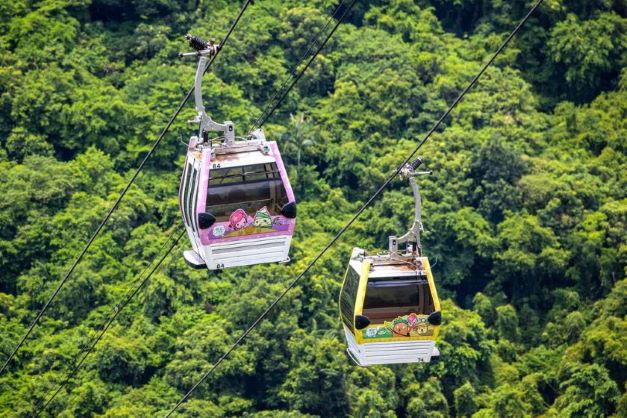
Copyright @Travel Taipei
With a length of nearly 4 kilometers, the Maokong Gondola, during 20 to 30 minutes, allows you to fly over Taipei Zoo and Zhinan Temple in particular. Take advantage of this sightseeing transportation, just after the rain, at sunset or when the night lights are shining to discover a unique panorama of Taipei City and have an unforgettable experience.
This gondola is the best way to access the Maokong tea plantations. One last tip sit in one of the many tea houses, order a "Wenshan Pouchong" tea and enjoy one of the most beautiful views of Taipei City.
Yangmingshan National Park and its many hiking trails
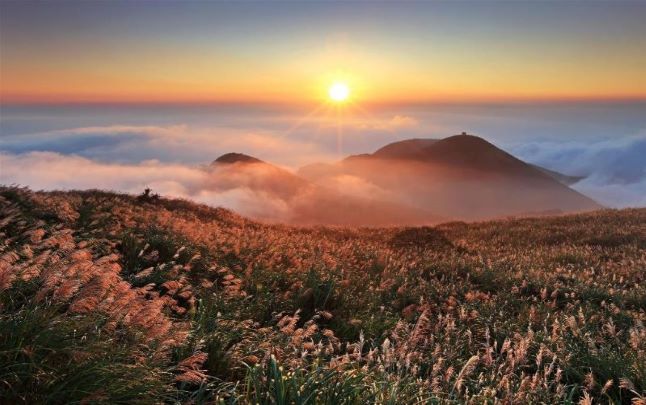
Copyright @ymsnp.gov.tw
Yangmingshan National Park is located north of Beitou and 30 km from Taipei. It is the only park in Taiwan with volcanic geography and hot springs. Near Shamao, Qixing, Datun and Guanyin mountains, offers a beautiful mountainous landscape and pleasant climate that have made the park an ideal resort and many Taiwanese take one of its numerous hiking trails on weekends.
Qingtiangang Grassland (Volcanic Plateau), Yangming Park (Flower and Fruit Tree Garden), Zhuzihu Village (Rice Fields and Calla Flowers), Qixingshan Trail (Hiking Trail) and Beitou Hot Springs are among the park's most popular must-sees.
Jiufen and its old streets
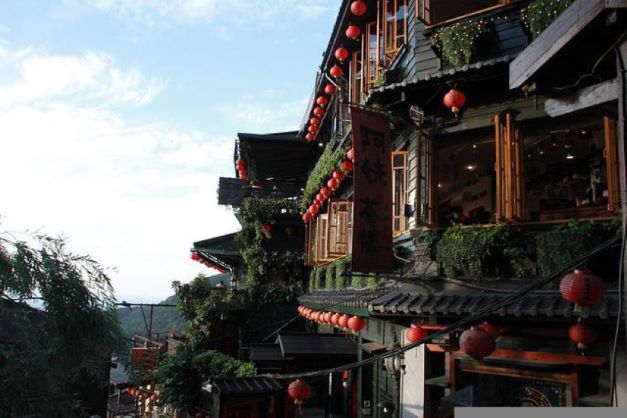
Copyright @PC43311 - Pixabay
Founded during the Qing Dynasty, this village was relatively isolated until the discovery of gold during the Japanese occupation in 1893. Many of the town's buildings remain unchanged to this day, reflecting the Japanese influence on the island. During World War II, the town was home to a Japanese POW camp where captured soldiers from the forces were forced to work in the gold mines. After the decline of gold mining, the town exists primarily as a tourist destination.
Easily accessible from Taipei City on a day trip. Today, the town is brimming with retro Chinese and Japanese style cafes, tea shops, snack stands, Lantern stores and souvenir stores, as well as beautiful ocean views.
While most visitors come to Jiufen for a day trip, we recommend that you spend the night in one of Jiufen's many boutique hotels or guesthouses to enjoy an unforgettable sunrise.
Qinshui cliffs, the spot for spectacular photos
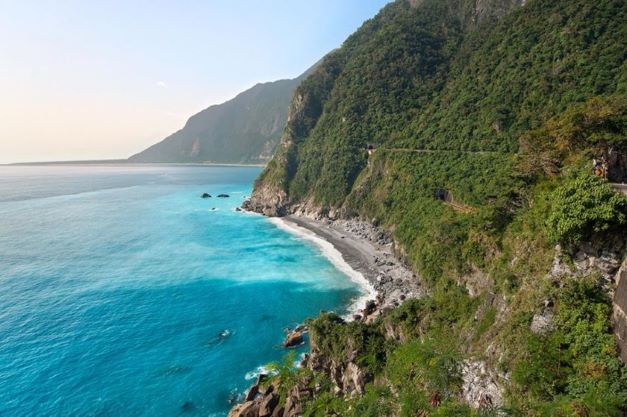
Copyright @Taiwan.net.tw
Qingshui Cliff, located on the Suao-Hualien Highway between Heping and Chongde, is one of the most spectacular sights on Taiwan's East Pacific coast. The cliff is over 1,000 meters high and falls almost vertically into the sea. The highway winds along its curved face for more than 20 kilometers, with the sheer cliff rising on one side and plunging toward the ocean on the other.
Located in Hualien District, take the opportunity to visit Taroko Gorge and Hualien City to experience a wildering and completely different Taiwan than the western side and the many ultra-modern cities that stretch from Taipei to Kaohsiung.
Chiayi, Capital of Taiwanese gastronomy
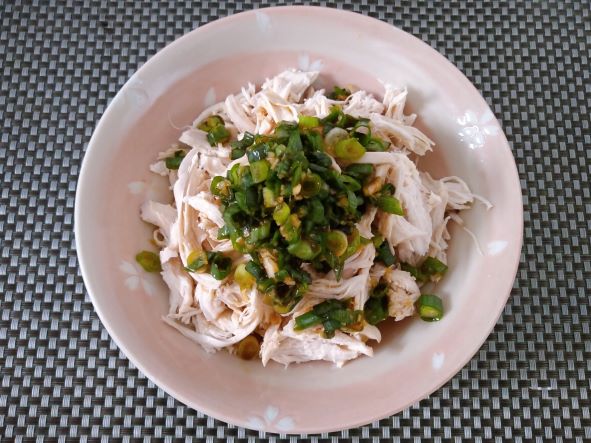
Copyright @Ye Xiaoxin
Taiwan is a foodie's paradise and Chiayi is its heart. If you decide to visit Taiwan for a food tour, the most important stop will be in this beautiful city. Often comparable to Lyon for its importance in the island's gastronomy, it is full of many restaurants, snack stands and delicatessens of Taiwanese products.
The city's signature dish is the famous "Turkey Rice", one of the most popular dishes in Taiwan. Everyone has their own recipe and there are many discussions about this dish among friends or family. Of course gastronomy is not the only thing to discover in Chiayi, the city has many surprises in store for you like its two night markets and its botanical garden.
Sanxiantai Bridge, Rendezvous with the immortals
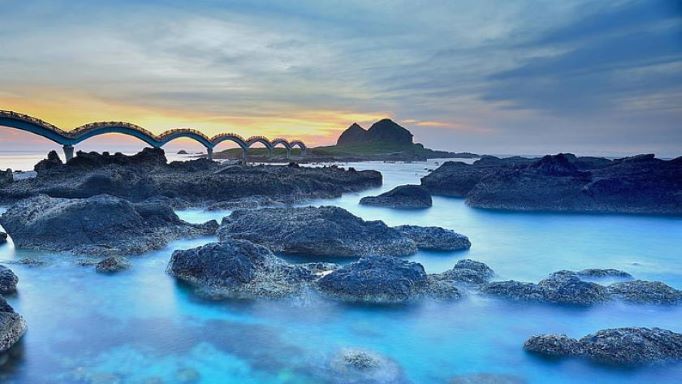
Copyright @Wallpaperflare
In the past, Sanxiantai was a narrow, elongated cape. When the cape was eroded by the tide, it was disconnected from the land and became an island. It is said that three of the immortals (legendary characters in Taoist mythology), named Li Tieguai, Lu Dongbin and He Xiengu visited the small island and left their footprints. They are represented today by 3 rocks called the three immortals. The very isolated island has remained untouched by human civilization and has preserved abundant endemic seaside plant species, and has naturally become a nature reserve thereafter.
In 1987, the government built The Dragon Bridge, so called because of its 8 arches, reminiscent of the back of a Chinese dragon. This place is a magical place to watch the sun rise over the Pacific Ocean and take beautiful nature walks.
Orchid Island, Land of the Tao tribe
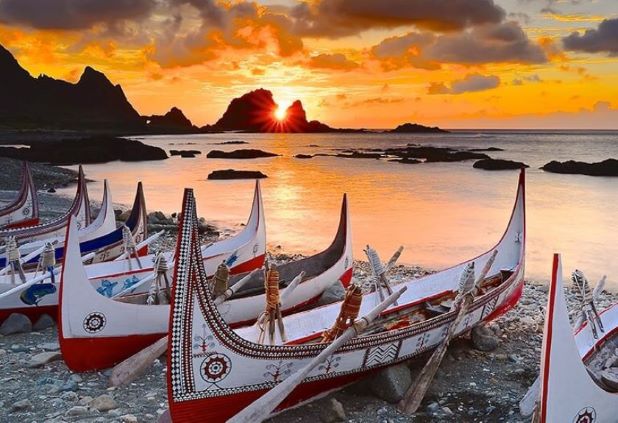
Copyright @Discovertaitung
Orchid Island is a small volcanic island located 64 km southeast of Taiwan, with its beautiful views, cliffs, mountains, orchids and many species of butterflies, the island is a beauty spot you must visit. It is also one of the most important places for scuba diving in Taiwan.
It is also the territory of the aboriginal Tao tribe, who arrived on the island more than 800 years ago and call this place: "The People's Island". In addition to their isolation from the mainland, several cultural characteristics distinguish the Tao from other aboriginal tribes of Taiwan. The most famous of these are their hand-carved wooden canoes, underground dwellings and the very famous Flying Fish Festival. This is more of a "Flying Fish" season with many activities than a real festival.
Small anecdote to know on the island, there is only one ATM which is often out of order!!! Remember to bring your cash before arriving.
Fo Guang Shan Monastery, a dive into Taiwanese Buddhism
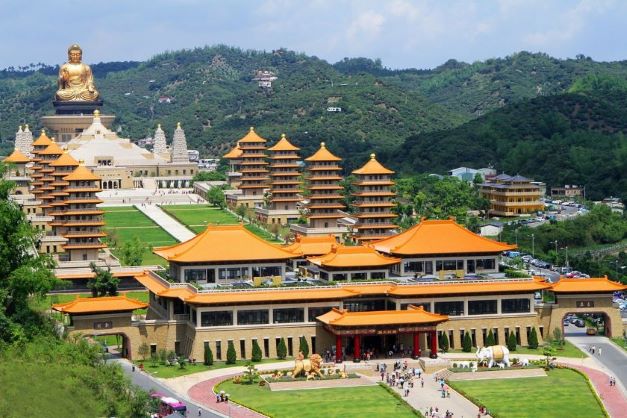
Copyright @londonfgs.org.uk
Fo Guang Shan Monastery is one of the largest religious complexes in Taiwan. It is located in the Kaohsiung district in the south of the island is affiliated with Fo Guang Shan one of the largest Buddhist organizations in Taiwan. Take a day to visit the complex and enjoy free access to all areas to discover Buddhism.
Some of the areas to visit include the Buddha Museum (dedicated to the life of Buddha and his disciples, with a sacred relic, a Buddha's tooth), the 8 Pagoda Alley, the bronze statue of Seated Buddha (the largest in the world), the Sutra Repository, 3 large statues, the Golden Buddha Building, many Buddha statues, the various temples, the many restaurants... Take your time, the experience will be unforgettable.
The Penghu Archipelago and its 90 islands
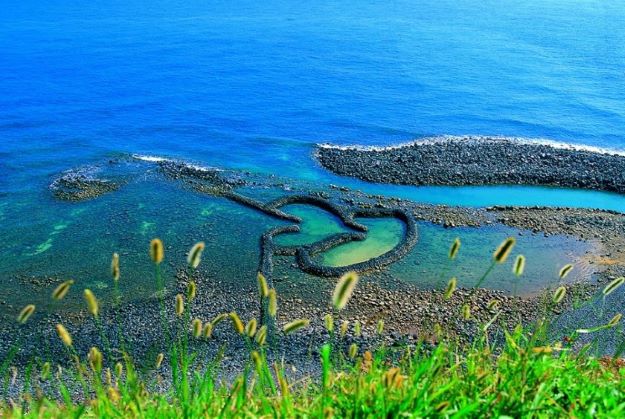
Copyright @Tripzilla
The Penghu Archipelago is located in the southwestern Taiwan Strait. Composed of 90 islands, the county is steeped in history and culture, with magnificent ocean views and many other natural wonders. It is easily accessible by air or ferry and is a favorite vacation spot for Taiwanese.
Basalt columns carved by the elements dominate the landscape of Penghu Islands. The clear waters of Penghu Bay and strong winter winds have made Penghu an important meeting place for international sailing. The islands host many fireworks festivals in spring and summer, in autumn and winter, visitors can enjoy fresh sea fishing at the Penghu Seafood Carnival.
Penghu is also an excellent choice for beach recreation, with blue sea, clear sky, white sandy beaches, many recreational facilities, water activities, as well as a place for scuba diving.
Kinmen County or the Golden Gate of Taiwan
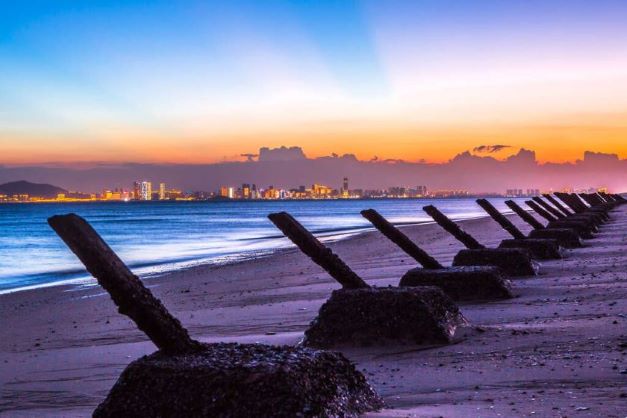
Copyright @Kinmen Travel
Kinmen, also known as Quemoy, is the closest island of Taiwan to mainland China. It was the scene of fierce fighting between Communist and Nationalist forces when the latter withdrew from the mainland in 1949.
Because of its geographical position, the Kinmen Wall became the 'impregnable fort guarding the sea gate', from which the name 'Kinmen' or 'Golden Gate' is derived. For nearly half a century, Kinmen was a battleground between Taiwan and the mainland. The military administration of Kinmen was lifted in 1992, marking the island's tourism debut.
In recent years, government conservation efforts and greater environmental awareness among islanders have helped Kinmen's bird populations grow steadily in number and species. Kinmen's coastal waters are also home to several rare and protected species, such as the Chinese otter and horseshoe crab.
Among Kinmen's best-known specialties are knives made from old mortar shells, peanut candy, sorghum wine and vinegar, vermicelli, porcelain and ceramics. So Kinmen is both a historical and relaxing place for Taiwanese.
Visit Taiwan and feel free to share your impressions with us.

